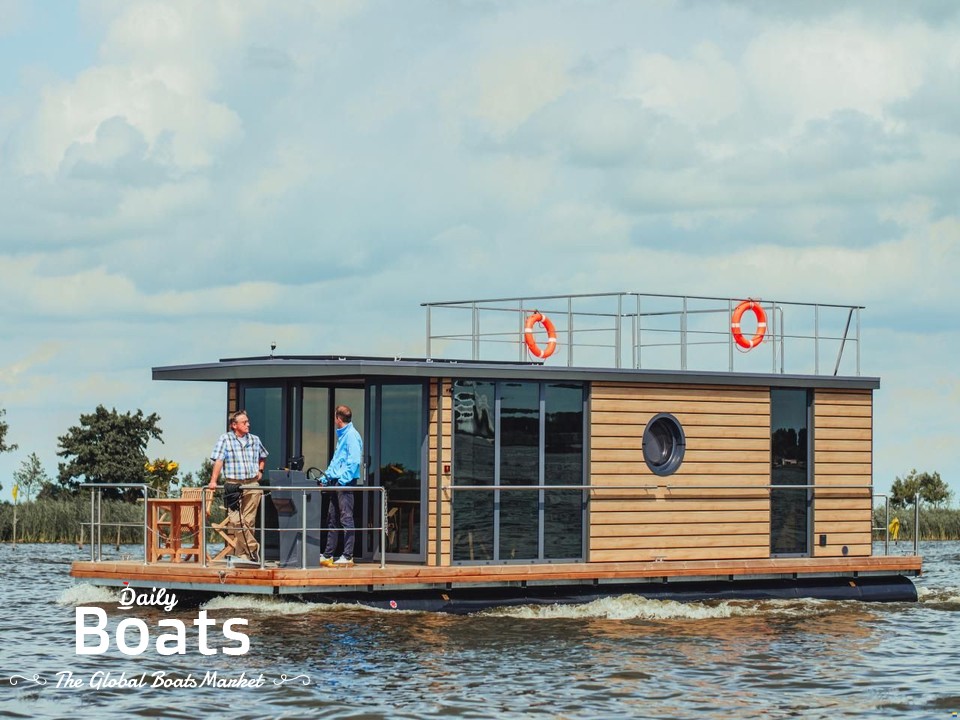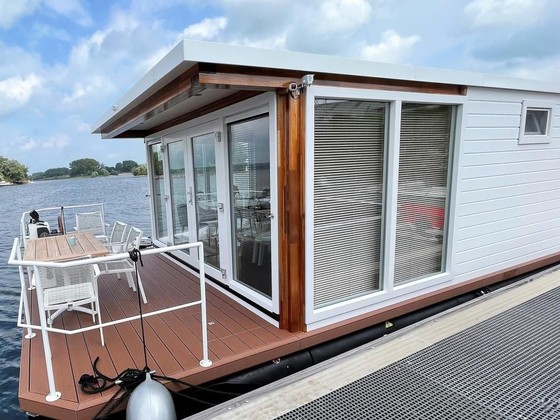Floating homes

Everything You Need to Know About Floating Homes
Introduction
If you're considering making the switch to a floating home, or are just curious about what they're all about, then this post is for you. We'll cover everything you need to know about floating homes, from their history and how they work, to the benefits of living in one. We'll also share some tips on how to live sustainably in a floating home, as well as how to decorate and furnish your new space. So whether you're already living on the water or are just daydreaming about it, read on to learn everything you need to know about floating homes.
What are floating homes
The history of floating homes
The first recorded floating home can be traced back to the year 984 AD, when a Chinese monk named Feng Quan built a house on a raft and floated down the Huangpu River. In the centuries that followed, other cultures around the world began experimenting with floating homes as well, with notable examples appearing in Thailand, Vietnam, and even England.
It wasn't until the early 20th century that floating homes really began to take off as a viable housing option, thanks in large part to the development of modern materials and construction techniques. The first modern floating home community was established in Sausalito, California in the 1940s, and today there are floating home communities all over the world, from Canada to Australia.
How do floating homes work
Floating homes are typically built on top of large platforms made of concrete or steel. These platforms are designed to provide stability and keep the home from sinking, even in rough weather or high winds. The platform is then moored to a dock or pier so it doesn't drift away.
The actual structure of a floating home can vary widely, but most are either houseboats (i.e., boats that have been converted into living spaces) or purpose-built structures that resemble land-based houses. Inside, they usually include all the same amenities as a regular home, including bedrooms, bathrooms, kitchens, living rooms, etc.
The benefits of living in a floating home
There are many reasons why people choose to live in floating homes. For some, it's simply a matter of convenience; since they're often located near urban areas, they offer an easy way to escape the hustle and bustle of city life without having to move too far away. Others appreciate the unique challenges that come with living on water, such as having to deal with changing tides and bad weather conditions. And then there are those who simply enjoy the novelty of living in something that's floaty and fun!

How to live sustainably in a floating home
Tips for reducing your carbon footprint
There are a number of ways to reduce your carbon footprint while living in a floating home. One way is to install solar panels. Solar panels can provide power for your home and help offset your reliance on fossil fuels. Another way to reduce your carbon footprint is to compost your food waste. Composting helps to reduce methane emissions from decomposing organic matter. You can also offset your carbon footprint by planting trees or garden plants that absorb carbon dioxide from the atmosphere.
How to conserve water in a floating home
Water conservation is important in any type of home, but it becomes especially crucial in a floating home where water resources are limited. One way to conserve water is to install low-flow fixtures such as showerheads and faucets. You can also save water by collecting rainwater in barrels or tanks for use in watering plants or washing laundry. Finally, be sure to fix any leaks promptly as even a small leak can waste large amounts of water over time.
What to do with your garbage in a floating home
There are a few options for dealing with garbage in a floating home. One is to simply take your garbage to a local landfill or recycling center. Another option is to incinerate your garbage. This can be done using a special type of incinerator that is designed for use in floating homes. Finally, you can also compost your organic waste to reduce the amount of garbage that you have to deal with.
How to decorate and furnish your floating home
How to make the most of limited space
When decorating and furnishing your floating home, it is important to make the most of the limited space. Here are some tips for doing so:
- Use multipurpose furniture: Look for furniture that can serve more than one purpose, such as a coffee table that doubles as a storage ottoman or a daybed that can be used as both a sofa and a guest bed.
- Get creative with storage: Make use of vertical space by installing shelves and hooks, and use under-bed storage containers to tuck away seasonal items or extra linens.
- Consider your layout carefully: The layout of your floating home will play a big role in how spacious it feels. Avoid putting too much furniture in one room and try to create clear paths between rooms to avoid feeling cramped.
Where to find floating home-friendly furniture
There are a few things to keep in mind when shopping for furniture for your floating home:
- Look for lightweight pieces: Heavy furniture can be difficult to move around in a small space, so opt for lighter pieces whenever possible.
- Go for compact designs: Choose smaller scale furniture and look for pieces with built-in storage, such as ottomans with hidden compartments or beds with drawers underneath.
- Pay attention to measurements: Make sure you measure doorways, stairways, and other areas carefully before buying any large pieces of furniture; you don't want to get stuck with something that doesn't fit!
Conclusion
There are many reasons why people choose to live in floating homes. For some, it's simply a matter of convenience; since they're often located near urban areas, they offer an easy way to escape the hustle and bustle of city life without having to move too far away. Others appreciate the unique challenges that come with living on water, such as having to deal with changing tides and bad weather conditions. And then there are those who simply enjoy the novelty of living in something that's floaty and fun!







